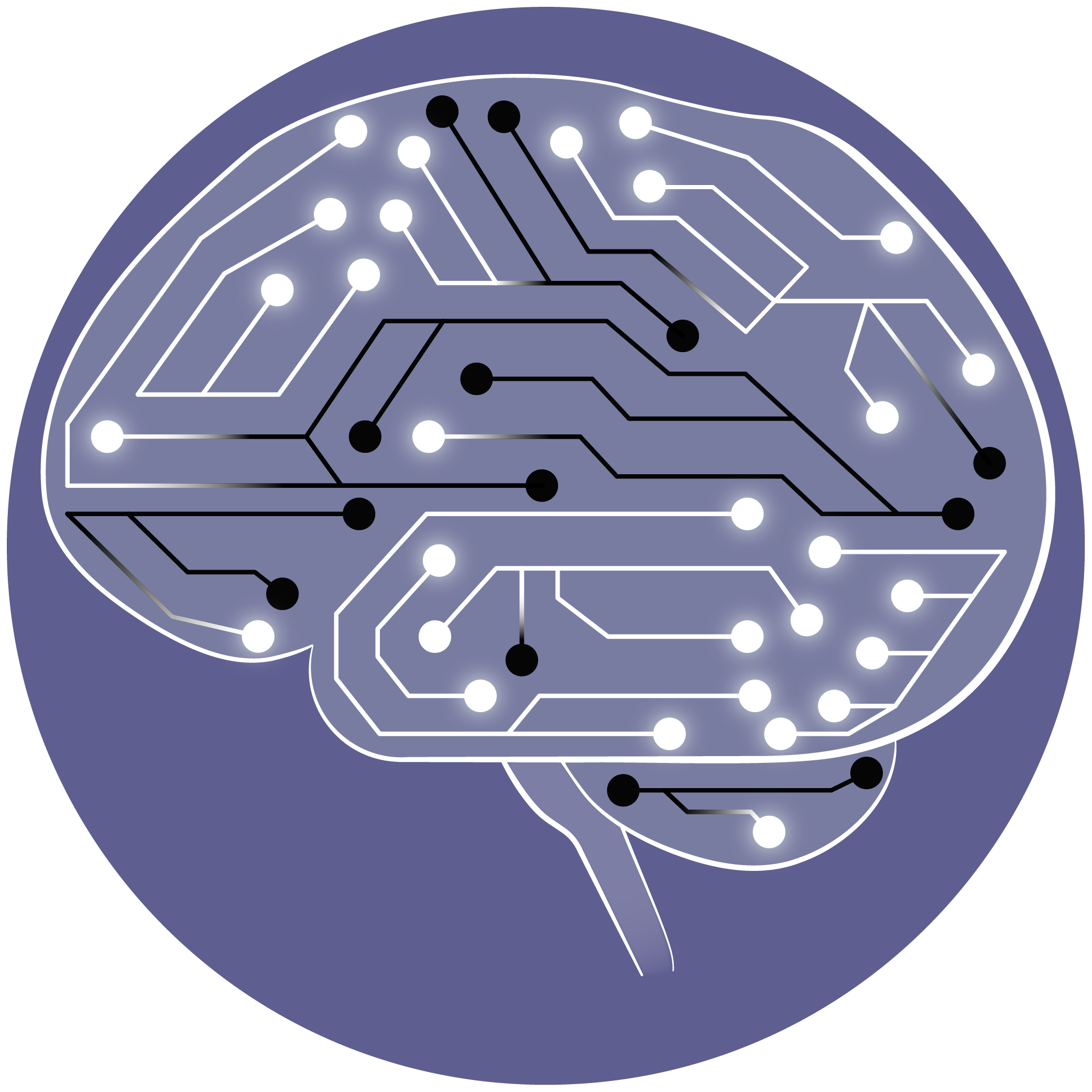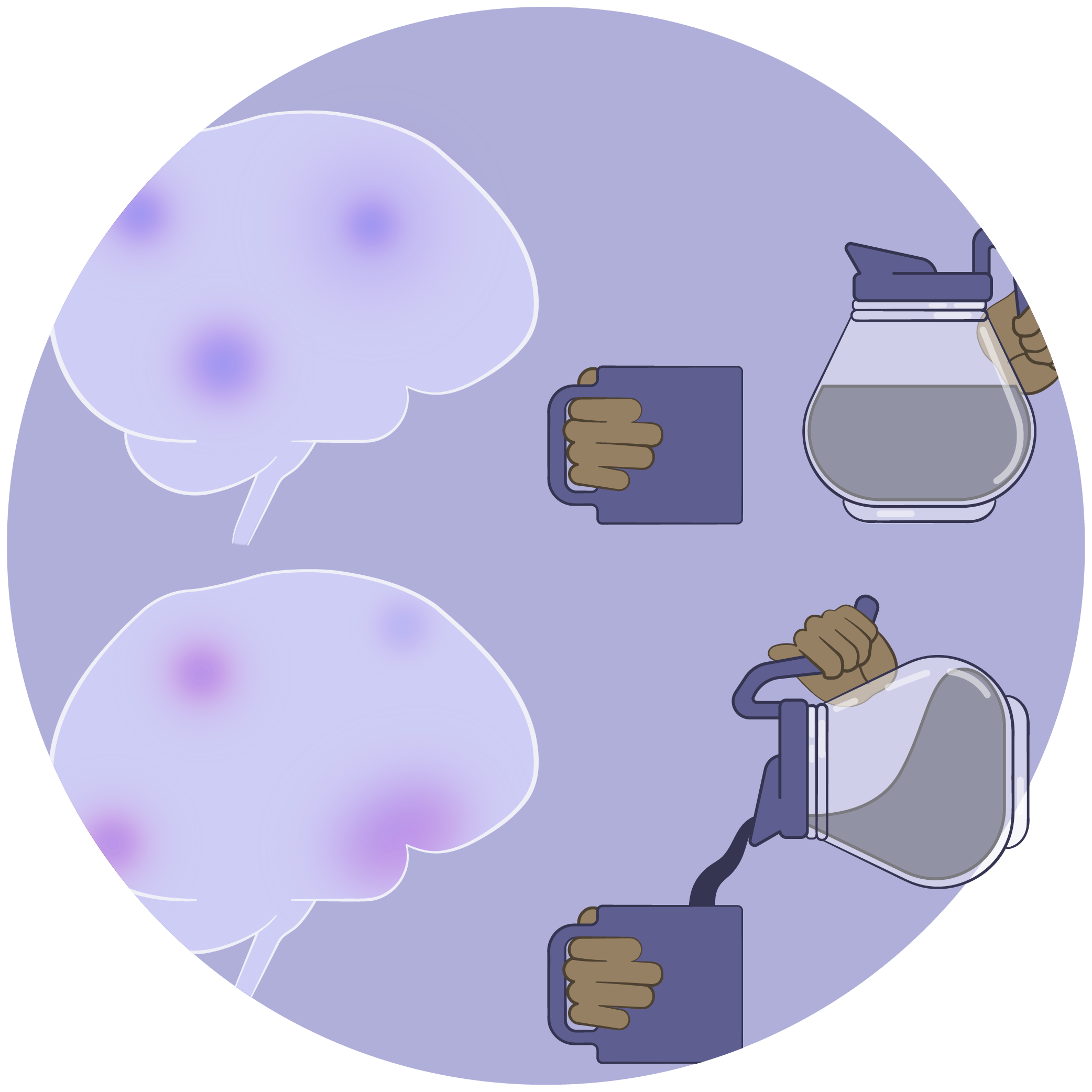The inner workings of our brain dictate who we are and our human experience


What happens when we lose part of our brain to a stroke?
The brain is the most complex organ and controls every aspect of what we do – how we move, how we think, and how we interact with the world. The inner workings of our brain dictate who we are and our human experience. What happens when we lose a part of our brain to a stroke? And how might we fix this? These are the questions that the Joy lab is deeply interested in. We study how brain connectivity is disrupted after a stroke and ways in which we can get the brain to functionally rewire. Our goal is to uncover fundamental mechanisms of brain repair that can be therapeutically targeted to reinstate function after stroke and other neurological diseases.
Identifying fundamental mechanisms and therapeutics to restore brain connectivity that controls movement
Neurons in the brain are highly interconnected and communicate via electrical impulses that look like bursts of activity. A stroke disrupts this connectivity due to death of neurons at the affected site, impairing our ability to perform essential tasks. To study how brain connectivity changes after stroke, we use large-scale optical recordings during task performance, revealing real-time neural dynamics at single-neuron resolution. We pair this with deep-learning models that track motor behavioral changes over time, generating sub-second maps of movement patterns. By manipulating specific neurons during tasks, we test their necessity for function and explore therapeutic targets. Finally, we sequence brain cells to identify druggable molecular pathways that could help restore connectivity post-stroke.


At the Joy Lab
We aspire to put our creativity, innovation, and hard work into finding cures for neurological diseases. We embrace interdisciplinary science through collaborations and diversity of thought as we recognize that solutions to hard problems require knowledge and methodologies that transcend a single discipline. As we take a step into the unknown with every experiment, we believe that each discovery will shape our understanding of the inner workings of the brain, despite its complexity, bringing us a step closer to finding effective therapies.

.png)